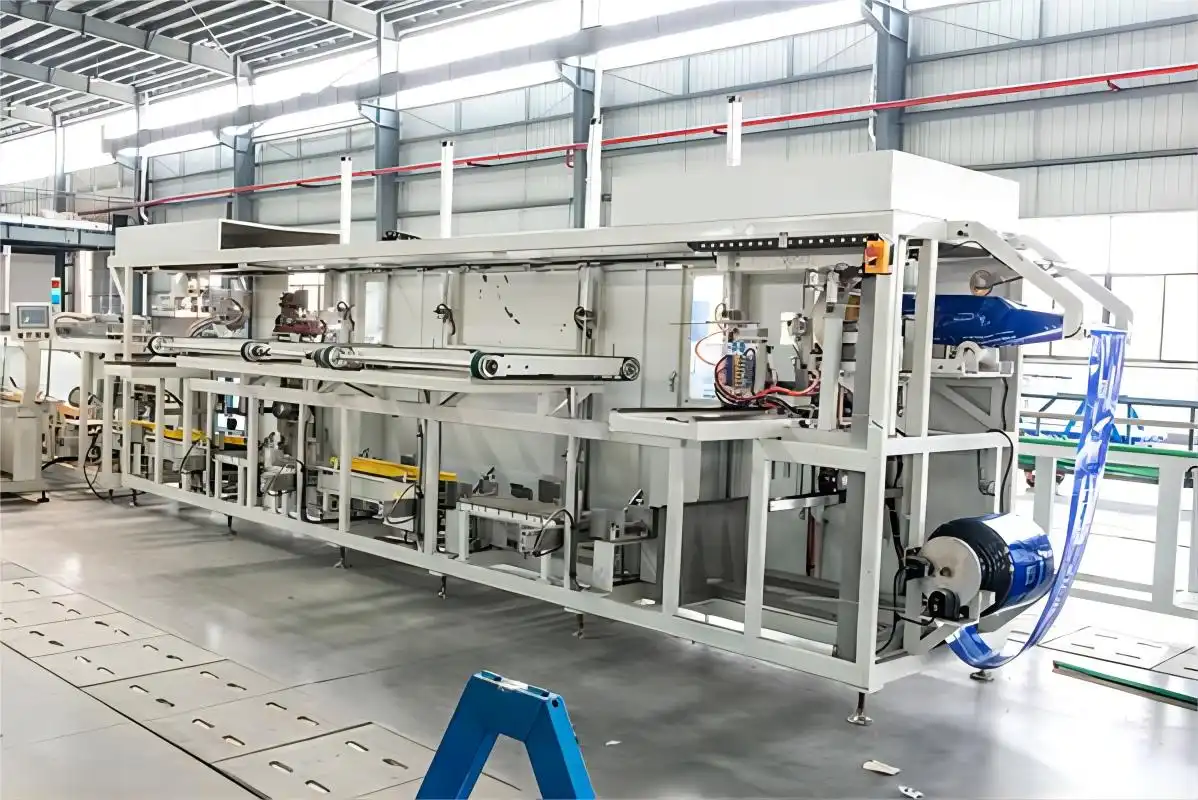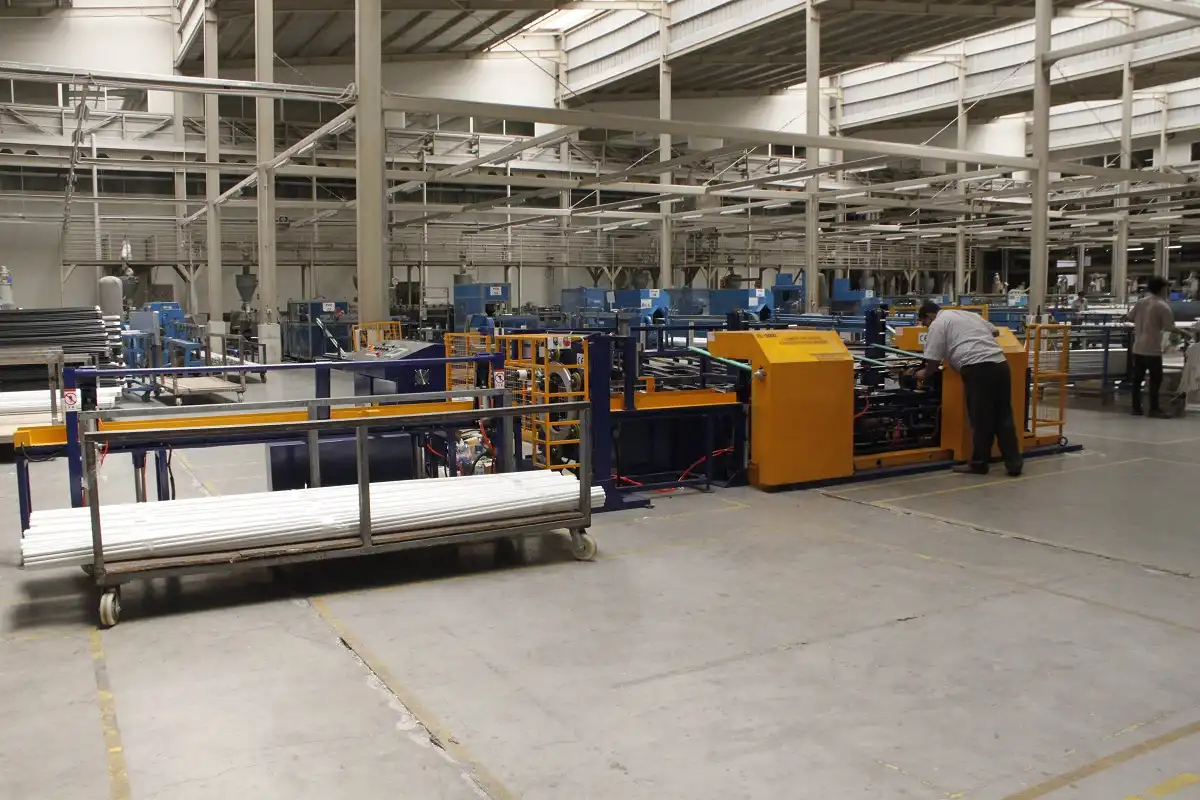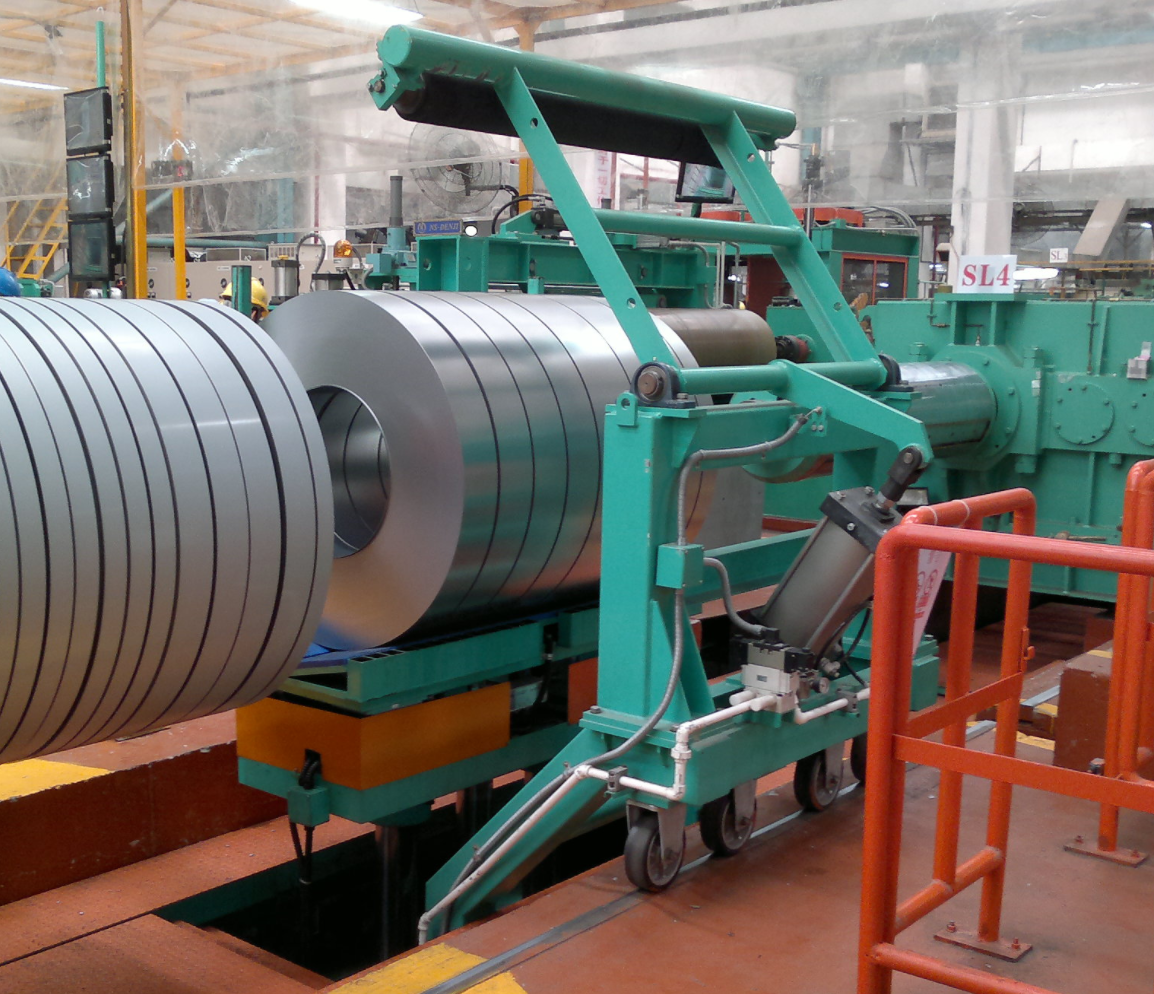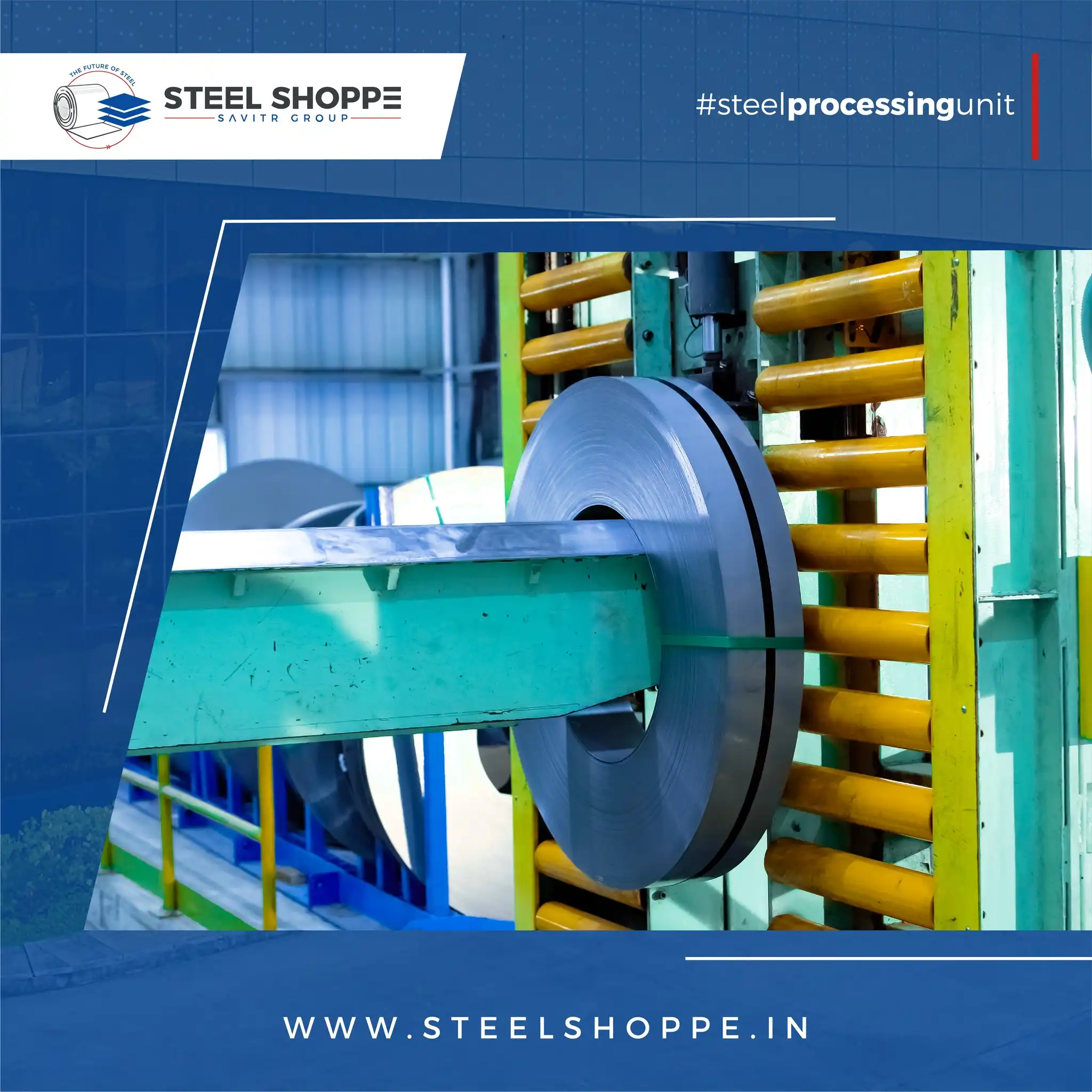What Are the Common Issues with PVC Pipe Bagging Machine Calibration?
Ensuring accurate calibration of your PVC pipe bagging machine is crucial for maintaining consistent packaging and minimizing material waste. However, several common issues can arise, affecting the machine’s precision and overall efficiency. Understanding these challenges is the first step towards effective troubleshooting.
The common issues with PVC pipe bagging machine calibration involve inaccurate weight measurements, inconsistent bag sizes, misaligned sealing, and incorrect counting. These calibration problems often lead to material waste, improperly sealed bags, and ultimately, reduced production efficiency and increased costs. Regular checks and precise adjustments are essential for optimal performance.
When a PVC pipe bagging machine isn’t calibrated correctly, it can cause a ripple effect of problems. Let’s explore some of these issues in detail so you can keep your operations running smoothly.
Uneven Weight Distribution
Uneven weight distribution is a frequent calibration issue in PVC pipe bagging machines, leading to bags that are either underweight or overweight. This not only results in material waste but can also cause customer dissatisfaction due to inconsistent product quantity.
Uneven weight distribution in PVC pipe bagging stems from miscalibration of the weighing system, inconsistent product feed, or mechanical issues with the dispensing mechanism. Addressing these issues through precise calibration, regular maintenance, and optimized material flow ensures consistent and accurate filling of bags, minimizing waste and maintaining customer satisfaction.

Diving Deeper: Sources of Inaccuracy and Solutions
Achieving consistent weight distribution requires a deep understanding of potential error sources and the implementation of precise corrective measures. Let’s analyze common causes and explore targeted solutions:
Analyzing Sources of Weight Inaccuracy
| Source of Inaccuracy | Description | Impact | Diagnostic Steps |
|---|---|---|---|
| Load Cell Miscalibration | Load cells provide inaccurate weight readings due to drift, damage, or improper initial calibration. | Inconsistent bag weights; Under or overweight bags. | Use calibrated test weights to verify load cell accuracy. Check load cell wiring and connections. Recalibrate load cells using manufacturer guidelines. |
| Inconsistent Product Feed | Variations in the product feed rate or density can lead to inconsistent amounts being dispensed into each bag. | Weight variations between bags; Difficulty maintaining target weight. | Check product feed mechanism for blockages, wear, or damage. Adjust feed rate and ensure consistent material density. |
| Mechanical Dispensing Issues | Mechanical components like augers, vibratory feeders, or gates may not be dispensing material accurately. | Inconsistent bag weights; Spillage or incomplete fills. | Inspect dispensing components for wear, damage, or misalignment. Calibrate dispensing mechanisms for accurate volume or weight delivery. |
| Environmental Factors | Vibrations, temperature fluctuations, or air currents can affect load cell readings and dispensing accuracy. | Weight variations; Instability in weight measurements. | Isolate the machine from vibrations. Control temperature fluctuations. Shield the machine from air currents. |
Implementing Precision Calibration and Control
Accurate weight distribution relies on precise calibration procedures and robust control mechanisms.
- Load Cell Calibration: Use certified test weights to calibrate load cells regularly, following the manufacturer’s instructions meticulously. Ensure that the calibration process accounts for the full weight range used in production.
- Product Feed Optimization: Implement a closed-loop control system that monitors weight feedback and adjusts the product feed rate in real-time to maintain target weight.
- Mechanical Dispensing Calibration: Calibrate dispensing mechanisms using volumetric or gravimetric methods, ensuring that the dispensed amount matches the target weight within acceptable tolerance limits.
- Environmental Control Measures: Isolate the machine from external vibrations by using vibration-damping mounts. Implement temperature control systems to maintain a stable operating environment. Shield the weighing area from air currents using enclosures or windbreaks.
By meticulously addressing potential sources of weight inaccuracy and implementing precision calibration strategies, you can significantly improve weight distribution consistency in your PVC pipe bagging machine, reducing waste, ensuring customer satisfaction, and optimizing production efficiency. Accurate calibration is the key to success.
Inconsistent Bag Sizes
Maintaining consistent bag sizes is crucial for visual appeal, efficient stacking, and proper sealing. Calibration issues can lead to variations in bag length or width, causing problems with downstream processes and customer perception.
Inconsistent bag sizes in PVC pipe bagging arise from incorrect film tension, misaligned cutting mechanisms, or faulty sensors in the bag length control system. Proper calibration of these components ensures uniform bag dimensions, reducing material waste and improving the overall presentation and functionality of the packaged PVC pipes.

Technical Examination: Resolving Dimensional Inconsistencies
To tackle bag size inconsistencies effectively, a detailed examination of the machine’s film handling, cutting, and control systems is essential. We will delve into specific problem areas and their corresponding solutions.
Film Tension Control and its Impact
Proper film tension is critical for achieving consistent bag length and width.
- Excessive Film Tension: Causes the film to stretch excessively, resulting in bags that are longer and narrower than intended. It can also lead to film tearing and web breaks.
- Insufficient Film Tension: Results in slack film, leading to bags that are shorter and wider than intended. This can also cause wrinkles and misaligned seals.
| Tension Level | Bag Length | Bag Width | Seal Quality | Web Breaks |
|---|---|---|---|---|
| Excessive | Longer | Narrower | Stressed | Increased |
| Insufficient | Shorter | Wider | Wrinkled | Reduced |
| Optimal | Consistent | Consistent | Uniform | Minimal |
To optimize film tension, follow these steps:
- Adjust Dancer Rolls: Adjust the dancer roll position to maintain constant tension.
- Calibrate Tension Sensors: Use calibrated tension sensors to monitor film tension and provide feedback to the control system.
- Inspect Brake System: Check the film unwind brake system for proper functioning. Adjust brake settings to maintain consistent tension.
Cutting Mechanism Alignment and Sharpness
Misalignment or dull cutting blades can lead to uneven bag edges and incorrect lengths.
- Misaligned Blades: Cause angled cuts, resulting in bags that vary in length across their width.
- Dull Blades: Produce ragged edges and incomplete cuts, leading to material waste and potential sealing issues.
To address these issues:
- Align Cutting Blades: Use precision alignment tools to ensure that the cutting blades are parallel and properly aligned.
- Sharpen or Replace Blades: Regularly sharpen or replace cutting blades to maintain a clean and accurate cut.
Sensor and Control System Calibration
Bag length is often controlled by sensors that detect the film position or printed marks.
- Faulty Sensors: Provide inaccurate feedback, leading to inconsistent bag lengths.
- Control System Miscalibration: Results in incorrect bag length settings and inconsistent cuts.
To rectify these problems:
- Clean and Inspect Sensors: Regularly clean and inspect sensors to ensure accurate readings.
- Calibrate Control System: Follow the manufacturer’s guidelines to calibrate the bag length control system.
By addressing these technical aspects and implementing precise calibration procedures, you can ensure consistent bag sizes, improving the efficiency and quality of your PVC pipe bagging operations.
Misaligned Sealing
A properly calibrated sealing system is essential for creating airtight and secure bags. Misaligned sealing can lead to weak seals, leaks, and product spoilage, resulting in customer complaints and potential financial losses.
Misaligned sealing in PVC pipe bagging machines is caused by incorrect sealer head positioning, uneven pressure distribution, or temperature inconsistencies along the sealing bar. Calibrating the sealer head, ensuring uniform pressure, and maintaining consistent temperature profiles are critical steps to achieving reliable, airtight seals and preventing product damage.

-Addressing Misaligned Sealing: A Guide to Perfection
Achieving perfect seals requires a multifaceted approach, focusing on precision alignment, uniform pressure, and consistent temperature control.
Achieving Perfect Sealing Alignment
Proper sealer alignment is paramount for creating strong, reliable seals. Misalignment can lead to weak spots, leaks, and compromised package integrity. The following steps will guide you through the alignment process:
- Visual Inspection: Start by visually inspecting the sealing surfaces. Look for any signs of wear, damage, or contamination. Clean the surfaces thoroughly with a non-abrasive cleaner.
- Parallelism Check: Use a precision level or straightedge to ensure that the sealing bars are perfectly parallel. Adjust the mounting brackets or shims to correct any deviations.
- Gap Measurement: Measure the gap between the sealing surfaces at multiple points along their length. The gap should be uniform and within the manufacturer’s specified tolerance. Use feeler gauges to make accurate measurements.
- Pressure Adjustment: Adjust the sealing pressure to the optimal level. Too little pressure will result in weak seals, while excessive pressure can damage the sealing surfaces. Use a pressure gauge to monitor the sealing pressure.
Ensuring Uniform Pressure Distribution
Even pressure distribution across the sealing surfaces is crucial for creating consistent seals. Uneven pressure can lead to weak spots and leaks. The following techniques will help you achieve uniform pressure distribution:
- Leveling the Sealing Bars: Ensure that the sealing bars are perfectly level. Use shims or adjustable mounting brackets to correct any deviations.
- Checking Spring Tension: Verify that the spring tension is uniform across the sealing bars. Adjust the spring tension as needed to achieve even pressure distribution.
- Using Pressure-Sensitive Film: Use pressure-sensitive film to visualize the pressure distribution across the sealing surfaces. Adjust the sealing pressure and alignment to achieve a uniform pressure pattern.
Maintaining Consistent Temperature Profiles
Consistent temperature profiles across the sealing surfaces are essential for creating strong, reliable seals. Temperature variations can lead to weak spots and leaks. The following steps will help you maintain consistent temperature profiles:
- Temperature Monitoring: Use a pyrometer or infrared thermometer to monitor the temperature of the sealing surfaces. Ensure that the temperature is within the manufacturer’s specified range.
- Heating Element Inspection: Inspect the heating elements for any signs of damage or wear. Replace any damaged heating elements.
- Temperature Controller Calibration: Calibrate the temperature controller regularly to ensure accurate temperature readings.
- Insulation: Ensure that the sealing bars are properly insulated to prevent heat loss and maintain consistent temperature profiles.
By diligently following these steps and paying attention to detail, you can achieve perfect sealing alignment, uniform pressure distribution, and consistent temperature profiles, resulting in strong, reliable seals that protect your products and ensure customer satisfaction.
Incorrect Counting
Accurate counting is essential for inventory management and customer satisfaction. Miscalibration of the counting mechanism can lead to bags containing incorrect quantities of PVC pipes, causing discrepancies in inventory and potential customer disputes.
Incorrect counting in PVC pipe bagging machines arises from faulty sensors, miscalibration of the counting system, or inconsistent product flow. Recalibrating sensors, adjusting the counting parameters, and ensuring consistent product spacing are crucial steps for achieving accurate counts, maintaining inventory control, and preventing customer dissatisfaction.

Mastering Counting Precision: A Multi-Faceted Approach
Achieving consistent and accurate counts in PVC pipe bagging operations demands a meticulous focus on sensor reliability, control system calibration, and process optimization. Let’s explore the critical elements of this approach:
Ensuring Sensor Reliability
Sensors are the eyes and ears of the counting system. Their accuracy and reliability are paramount for achieving correct counts.
- Sensor Type Selection: Choose sensors that are appropriate for the size, shape, and material of the PVC pipes being counted. Common sensor types include photoelectric sensors, proximity sensors, and laser sensors.
- Sensor Placement: Position sensors strategically to ensure reliable detection of each pipe. Consider factors such as pipe spacing, orientation, and potential for interference.
- Sensor Calibration: Calibrate sensors regularly according to the manufacturer’s instructions. Use reference pipes of known dimensions to verify sensor accuracy.
| Sensor Type | Advantages | Disadvantages | Application Recommendations |
|---|---|---|---|
| Photoelectric | Non-contact detection, high speed, relatively low cost. | Sensitive to ambient light and surface reflectivity. | Ideal for clean environments with consistent pipe spacing and surface conditions. |
| Proximity | Robust, insensitive to surface conditions, can detect through non-metallic materials. | Limited range, requires close proximity to the pipe. | Suitable for detecting pipes in close proximity, even with surface contaminants. |
| Laser | High accuracy, long range, can detect small objects. | More expensive, sensitive to alignment and environmental conditions. | Best for high-precision counting applications requiring accurate detection of small or irregularly shaped pipes. |
- Sensor Maintenance: Clean sensors regularly to remove dust, dirt, and debris that can interfere with detection accuracy. Inspect sensor wiring and connections for damage or looseness.
Optimizing Control System Parameters
The control system processes sensor signals and uses them to count the number of pipes passing through the bagging machine. Proper calibration and parameter settings are crucial for accurate counting.
- Counting Algorithm: Choose a counting algorithm that is appropriate for the specific application. Consider factors such as pipe spacing, speed, and potential for overlap.
- Threshold Settings: Set appropriate threshold levels to distinguish between pipes and background noise. Use oscilloscope or data acquisition systems to visualize sensor signals and optimize threshold settings.
- Filtering: Implement digital filtering techniques to reduce the impact of noise and interference on counting accuracy.
- Calibration Routines: Develop and implement regular calibration routines to verify the accuracy of the counting system. Use reference pipes of known quantities to validate count accuracy.
Process Optimization and Material Handling
Even with reliable sensors and a well-calibrated control system, inconsistencies in the material handling process can affect counting accuracy.
- Consistent Pipe Spacing: Ensure that pipes are fed to the bagging machine with consistent spacing. Use automated feeding systems or guides to maintain proper spacing.
- Pipe Alignment: Ensure that pipes are aligned properly as they pass through the counting zone. Misaligned pipes can be missed or double-counted.
- Minimize Pipe Overlap: Prevent pipes from overlapping or touching each other as they pass through the counting zone. Use dividers or spacing mechanisms to separate pipes.
- Consistent Pipe Speed: Maintain a consistent pipe speed to ensure that sensors have adequate time to detect each pipe.
By diligently implementing these strategies and continuously monitoring the performance of the counting system, you can achieve and maintain accurate counts, ensuring inventory control, minimizing customer disputes, and optimizing the efficiency of your PVC pipe bagging operations.
Conclusion
PVC pipe bagging machine calibration is a critical aspect of efficient and reliable packaging processes. Addressing the common issues of uneven weight distribution, inconsistent bag sizes, misaligned sealing, and incorrect counting through meticulous calibration procedures and proactive maintenance is paramount. By implementing these strategies, manufacturers can significantly reduce material waste, minimize downtime, and ensure customer satisfaction. Investing in proper training and adhering to regular maintenance schedules are essential for maximizing the lifespan and optimizing the performance of plastic packaging machines.









